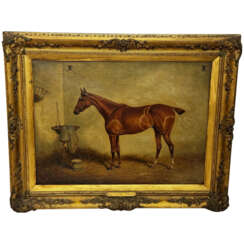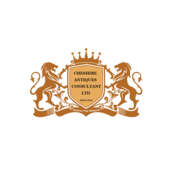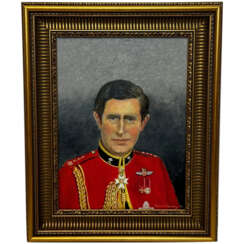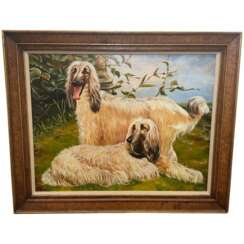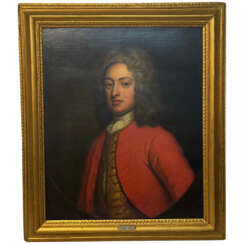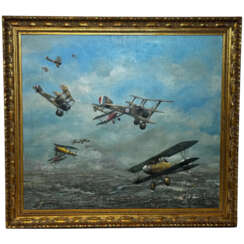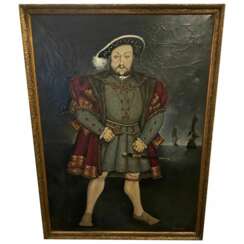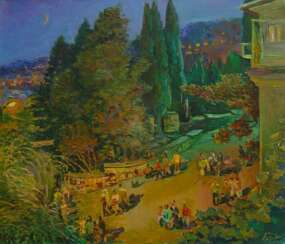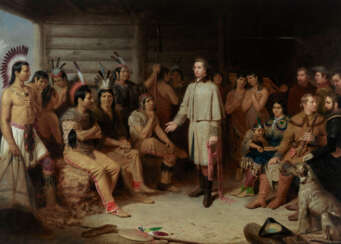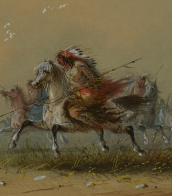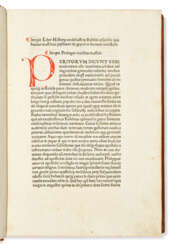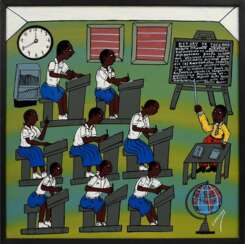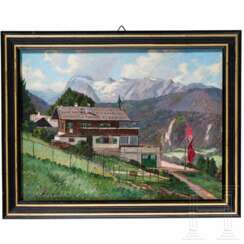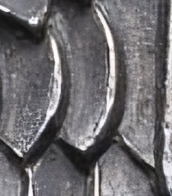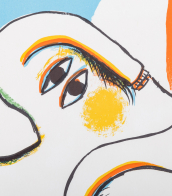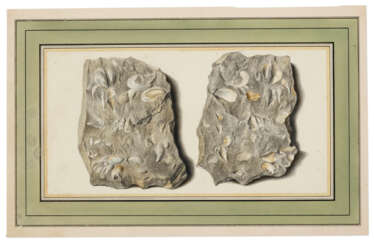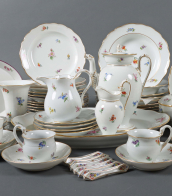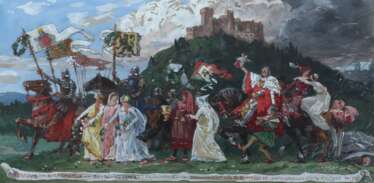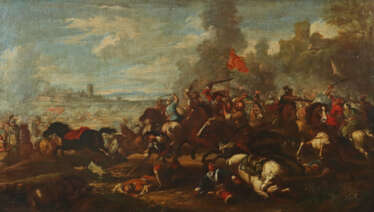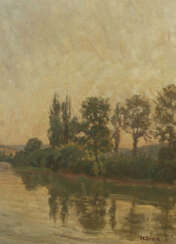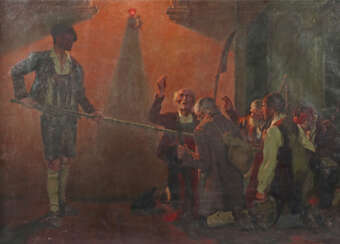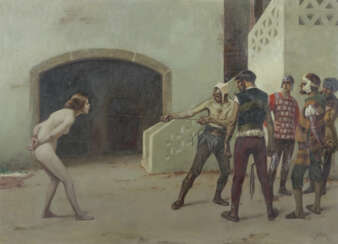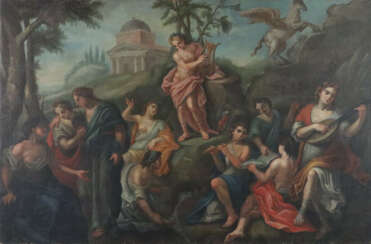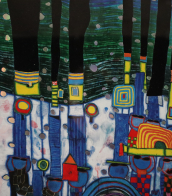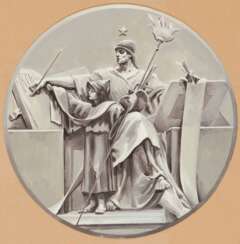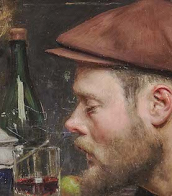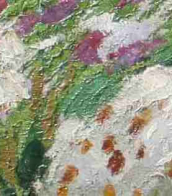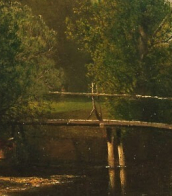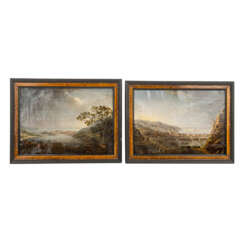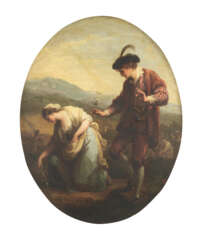1902 Items by auctions and galleries:
history painting
The History
Nataliia Bahatska (b. 1967) 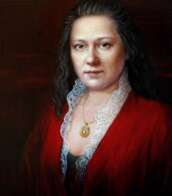 Shop Bahatska Nataliia
Shop Bahatska Nataliia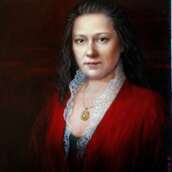

Nataliia Bahatska
20.10.1967
Ukraine
I was born in 1967.
Graduated childrens art school.
Graduated from Kyiv National University of Design, designer in 1993.
Academy of Psychosocial Technologies in 2008
The artworks are in Ukraine, Lithuania, Kazakhstan, Russia, Germany, Sweden, Switzerland, Italy, France, UK, USA, Vietnam, Canada, Netherlands.
Recently, all paintings have been created in hyperrealism and pop art.
Exhibition "Pro Cheese", ArtHall "D12", Kiev, 2021.
IV Ukrainian Festival of Contemporary Women's Art at the Institute of Contemporary Art of the National Academy of Arts of Ukraine, Kyiv, Ukraine, 2021
International exhibition "# 365daysafter" in the gallery "Artist", Kyiv, 2021. Exhibition "HRYVNA ART" in the Palace of Arts, Lviv, 2021.
Exhibition "HRYVNA ART" in the Museum of History of Kyiv, Kyiv, 2021.
Exhibition "HRYVNA ART" in the Ministry of Finance of Ukraine, Kyiv, 2021.
Exhibition at the Sky Mall, Kiev. 2021
Competition Pro Cheese Awards, Kiev, Parkovy Exhibition and Convention Center. Grand Prix. 2021
Exhibition "Барви світу" in Parlament of Ukraine. Kyiv. Ukraine, 2019
Sheldon Rose Gallery, "Big Ideas in Small Art", Toronto, Canada, 2019
Group exhibition from Ukraine at 58 Venice Biennale, "Falling shadow Dreams over gardens Giardini ". Italy, 2019
Exhibition "Vizionario" in la galleria Merlino Bottega d'arte di Firenze. Italy, 2019
Exhibition in ABC-art gallery. Kyiv, 2019
1st All-Ukrainian Triennale "NU-ART", Kremenchuk, 2018
"Ukraine from Trypillya to the present in the images of contemporary artists" - Biennial. National Union of Artists of Ukraine (NUAU), Kyiv, 2018
"Picturesque Ukraine", NUAU,the city of Severodonetsk, 2017.
Biennale of abstract Painting,NUAU, Kyiv, 2017
Until the Day of the Artist, NUAU, Kyiv, 2016, 2017, 2018.
"Portrait Painting" , gallery "Mytets", Kyiv, 2017
"To the 160th anniversary of Ivan Franko",NUAU, Ivano-Frankivsk city, 2016
On Independence Day of Ukraine, NUAU, Kyiv, 2017, 2018,
When buying, please specify the payment and delivery methods.

Artist shop
Bahatska Nataliia
Ukraine
Number of products: 231
Evening maritime city Painting by Aleksandr Dubrovskyy
Aleksandr Dubrovskyy (b. 1949) 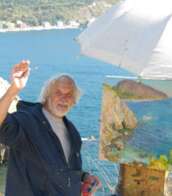 Shop Dubrovskyy Aleksandr
Shop Dubrovskyy Aleksandr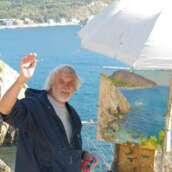

Aleksandr Dubrovskyy
10.06.1949
Ukraine
https://mssg.me/dubrovskyy
1949: Alexandr Dubrovskyy Ukrainian painter - impressionist
1956-1965: Studies at the studio of fine arts in Enakievo (Ukraine)
1969: Graduates from Kharkiv State Art School (professor Tanpeter, Ukraine)
1972-1984: Participated in numerous prestigious personal and collective exhibitions of the Soviet Union and abroad
1973-1975: Exhibitions of contemporary Soviet art (Tokyo, Kyushu, Japan)
1973-1984: Creative trips to the art center of SEDNIV (Ukraine). Worked together with and learned at the same time from outstanding painters such as Konstantyn Lomykin, Fedor Zakharov, Nikolay Glushchenko, Viktor Shatalin, and Tatyana Yablonskaya.
1984-2019: Participated in the personal and collective exhibition all around Ukraine and abroad
1985-1993: International exhibitions of contemporary art (Algeria)
1987: Member of National Union of Artists of Ukraine
1992: An exhibition of artists of the St. Petersburg School of Painting (ARCOLE Gallery, Paris, France)
1995-2004: Designed & Created mosaic panels at the Cathedral of Saint Mina (Alexandria, Egypt)
2003-2005: Designed & Created mosaics in St.George's Cathedral of Vydubitsky Monastery (Kyiv, Ukraine)
2007-2020: Exhibitions of Plein Air painting (All around Ukraine and abroad)
Permanent exhibitions:
• Museum "Art Gallery" in the Golitsyn Palace (Trostyanets, Sumy region, Ukraine)
• Horlivka Art Museum - shows the painting of the Soviet period (Horlivka, Donetsk region, Ukraine).
• Lebedin City Art Museum. B.K. Rudneva (Lebedin, Sumy region, Ukraine)

Artist shop
Dubrovskyy Aleksandr
Ukraine
Number of products: 37
Конец Истории End of History
Pavel Korzukhin (b. 1967)  Shop Korzukhin Pavel
Shop Korzukhin Pavel

Pavel Korzukhin
27.11.1967
Russia
В создаваемых мною композициях нет изображений видимой реальности, в них передаются ее образы. Такая особенность уподобляет их иконам. Я стараюсь передать сакральное безмолвие жизни. Не только акустическую, но и внутреннюю тишину, наполняющую все вокруг. Вечное Здесь и бесконечное Сейчас – вот два главных героя любых моих картин. В них можно войти, если постараться смолкнуть и забыть всё, о чем знал до настоящего момента. Положительный опыт созерцания этих композиций посылает душе исцеляющий импульс, сила воздействия которого иногда сравнима с церковной службой, глубокой медитацией или успешным визитом к психоаналитику.
In the compositions I create, there are no images of visible reality, they convey its images. This feature likens them to ikons. I try to convey the sacred silence of life. Not only acoustic, but also inner silence that fills everything around. Eternal Here and infinite Now - these are the two main characters of any of my paintings. You can enter them if you try to fall silent and forget everything you knew about until now. The positive experience of contemplating these compositions sends a healing impulse to the soul, the impact of which is sometimes comparable to a church service, deep meditation or a successful visit to a psychoanalyst.

Artist shop
Korzukhin Pavel
Russia
Number of products: 24
Lot 777 Charinda, Mohammed Wasia (1947-2021) „Dorfschule - History ya Tanzania“, Acryl- und Lackfarben/Hartfaserplatte/Malpappe, u.r. sign., 61x61cm (m.R. 63,5x63,5cm), min. Altersspuren
Weihnachts-Auktion 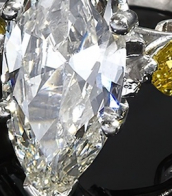

Auktionshaus Kendzia
Weihnachts-Auktion
Date: 24.11.2023 10:00 UTC +01:00
Number of lots in the catalog: 1451
Lot 63 Fossil paintings from Solnhofen
Georg Wolfgang Knorr (1705 - 1761) 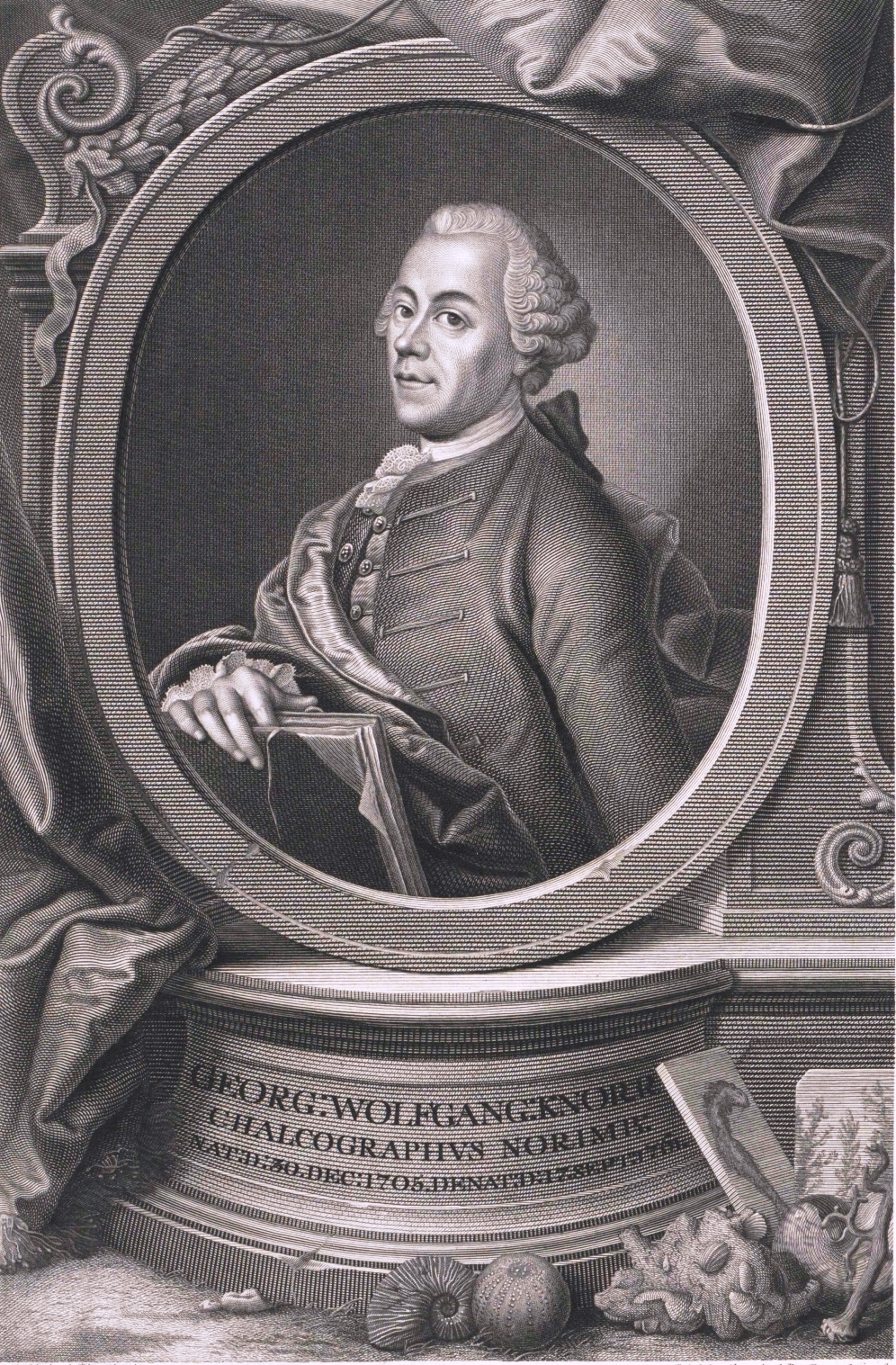 Fine Printed Books and Manuscripts including Americana
Fine Printed Books and Manuscripts including Americana 

Georg Wolfgang Knorr
30.12.1705 - 17.09.1761
Georg Wolfgang Knorr was a German engraver, naturalist, and one of the first paleontologists of the 18th century.
Knorr was first apprenticed to his father as a lathe operator, and at the age of eighteen became a copper engraver for Leongard Blank, working with Martin Tiroff on the illustrations for Jacob Scheuchzer's Physica Sacra (1731). This work and his acquaintance with J.A. Beurer, a mineralogist and correspondent of the Royal Society, awakened Knorr's interest in natural history.
In the 1750s Knorr began publishing his own sumptuous folios. One of the most beautiful books of the eighteenth century is devoted to sea shells.

CHRISTIE'S
Fine Printed Books and Manuscripts including Americana
Date: 27.06.2024 00:00 UTC +00:00
Number of lots in the catalog: 172
Lot 2425 Rugendas, Georg Philip I (Umkreis) Augsburg 1666 - 1742 ebenda, Kupferstecher, Historien-, Schlachten- und Pferdemaler
A80-3: Kunst | Antiquitäten & Moderne Kunst | Design 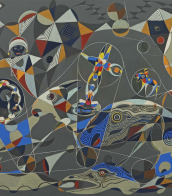

Yves Siebers Auktionen GmbH
A80-3: Kunst | Antiquitäten & Moderne Kunst | Design
Date: 25.03.2022 11:00 UTC +01:00
Number of lots in the catalog: 1051
Lot 2599 Drück, Hermann Vaihingen/Enz 1856 - 1931 Neckartailfingen, schwäbischer Landschafts-, Historien- und Genremaler
A80-3: Kunst | Antiquitäten & Moderne Kunst | Design 

Yves Siebers Auktionen GmbH
A80-3: Kunst | Antiquitäten & Moderne Kunst | Design
Date: 25.03.2022 11:00 UTC +01:00
Number of lots in the catalog: 1051
Lot 1609 HISTORIEN- und LANDSCHAFTSMALER/IN 18./19. Jahrhundert, PAAR mediterrane Küstenlandschaften,
Jewelry, watches, porcelain, silver, watches and accessories 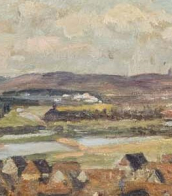

EPPLI Auktionshaus
Jewelry, watches, porcelain, silver, watches and accessories
Date: 06.06.2020 11:00 UTC +00:00
Number of lots in the catalog: 544
